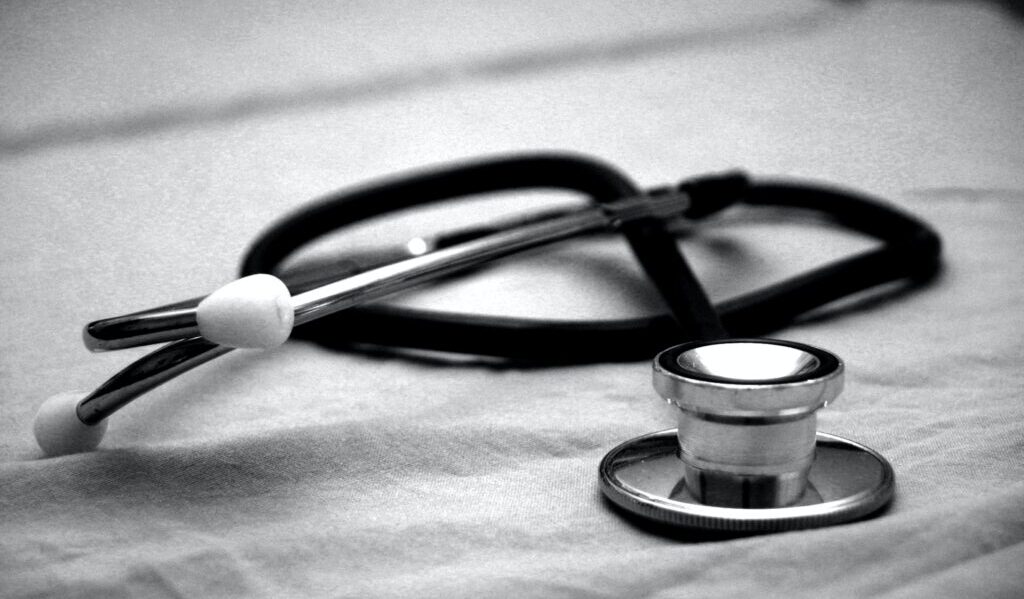Multiple lung nodules, also known as multiple pulmonary nodules, refer to a group of small growths in one or both lungs. This term is used in contrast to solitary lung nodule. These growths are typically found incidentally during imaging tests such as X-rays, CT scans, or MRIs taken for other reasons. They are usually less than 3 cm in diameter. In fact, multiple lung nodules are a common finding.
Causes
The causes of multiple lung nodules may vary widely from harmless and temporary issues to cancerous conditions. Some common causes include:
- Infections: Certain infections such as tuberculosis, histoplasmosis, coccidioidomycosis, and pneumonia.
- Inflammatory conditions: Certain inflammatory conditions such as rheumatoid arthritis, sarcoidosis, and Wegener’s granulomatosis.
- Exposure to toxins: Exposure to certain toxins such as asbestos, silica, and beryllium.
- Cancer: Lung cancer and other types of cancer that spread to the lungs.
- Unknown causes.
Multiple lung nodules indicate a higher risk of getting cancer than one single nodule. It is important to consult a healthcare provider if you are experiencing symptoms such as shortness of breath, chest pain, or coughing up blood. They can diagnose the underlying cause of the nodules and develop an appropriate treatment plan.
Evaluation and diagnosis
Evaluation and diagnosis of multiple lung nodules is similar but more complicated to that of a solitary nodule. Because there are more nodules to evaluate, and the likelihood of malignancy is not always clear-cut.
It is based on several factors. This includes the size, number and characteristics of the nodules, the patient’s clinical symptoms and risk factors.
When evaluating multiple lung nodules, doctors usually start with a thorough medical history and physical exam. This may also include reviewing any previous imaging studies and lab tests. The next step is typically to perform imaging studies such as chest x-rays, CT scans, or PET scans. These tests can help determine the size, number, and location of the nodules, as well as their characteristics and likelihood of malignancy.
In some cases, the doctor may recommend monitoring the nodules over time through regular imaging tests to see if they are growing or changing in a concerning way. If the nodules appear suspicious, the doctor may recommend a biopsy. This involves taking a tissue sample from one or more of the nodules to examine for signs of cancerous or non-cancerous growth.
Treatment
Treatment for multiple lung nodules depends on the underlying cause. In some cases, no treatment is needed as the nodules may be benign and not growing. However, if the nodules are cancerous, treatment may involve surgery, radiation therapy, chemotherapy, or a combination of these modalities. Other causes such as infections or inflammatory conditions may require antibiotics or steroid therapy.
Ultimately, the treatment plan should be individualized based on the patient’s specific diagnosis, overall health, and risk for complications. Regular follow-up with imaging studies is also important to monitor any changes in the nodules and adjust the treatment as needed.
Summary
Having multiple lung nodules may be worrying. However, research suggests the majority of people with multiple lung nodules do not have any cancer. About 50% of all people studied showed no abnormalities upon followup.
Therefore, multiple lung nodules are not necessarily cancerous.
However, although multiple lung nodules do not often mean cancer, it is important for people with multiple lung nodules to undergo regular imaging tests to monitor the nodules and adjust treatment plans as necessary.
